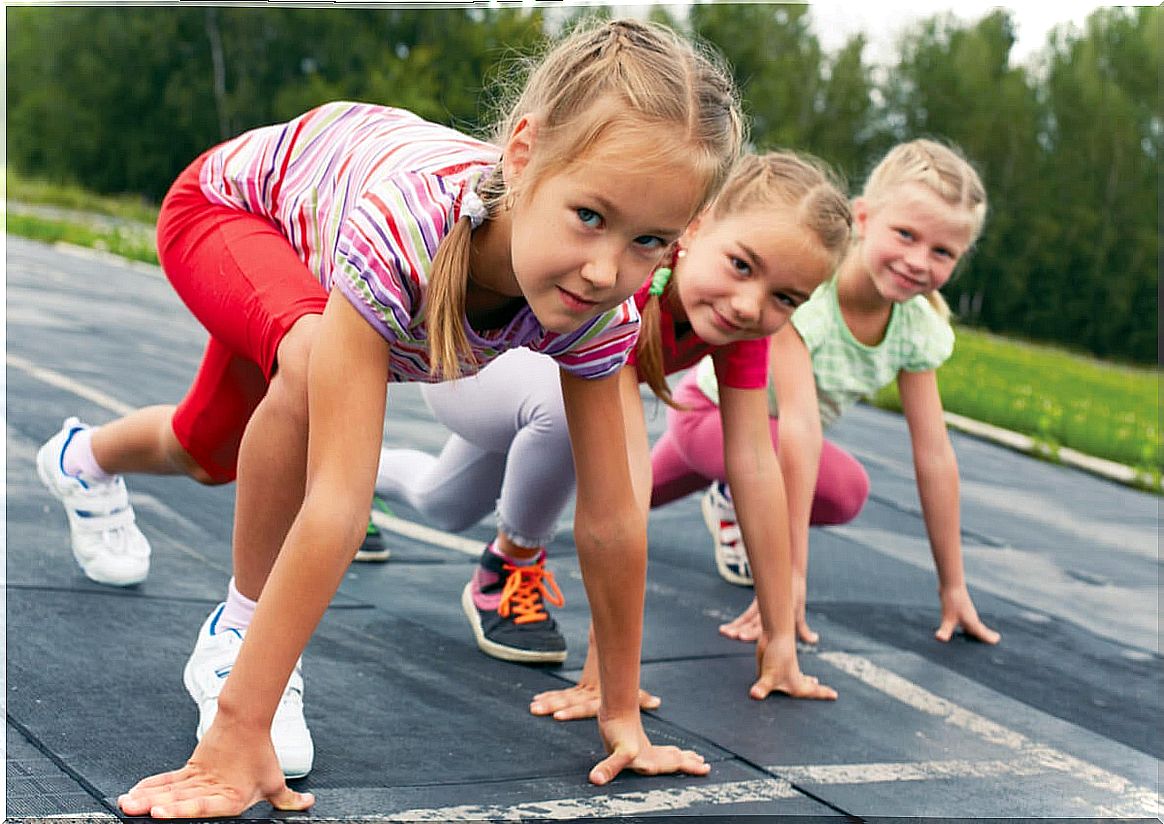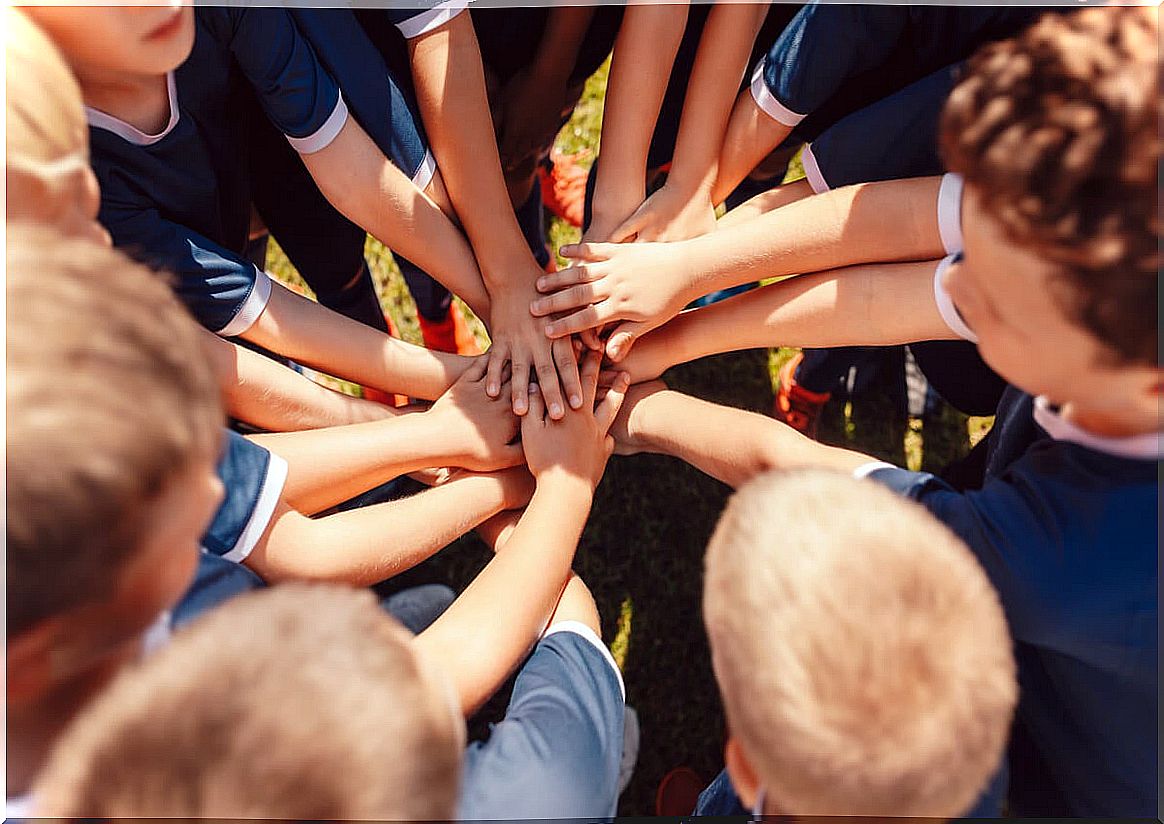Competitiveness In School: Positive Or Negative?

Imagine that in a school there is a basketball game between young children. This very common situation gives rise to thinking if it is correct to give importance to the final result. It’s something good? This question leads us to ask another question: is competitiveness in school positive? Let’s try to give an answer.
We must not fool ourselves. Today, the world of work is very competitive, so it is important to ask ourselves whether it is good to educate children so that they can adapt to that job market. On the one hand, yes, if we see it from an adaptive point of view.
However, it would also be interesting for future professionals to be modulating this world of work so that it works collaboratively, allowing each individual to have a place without the need to raise the level of competitiveness so much.
Based on these reasoning, we could come to the conclusion that competitiveness in school can be good and also bad. To get to know the subject a little better, perhaps the best option is to explain what its advantages are and also what its disadvantages are.

Competitiveness at school
That said, let’s see what good is bringing competitiveness to education. Be that as it may, we must clarify that we always speak in medium terms, without taking the aforementioned competitiveness to extremes at any time.
Positive aspects
Currently, access to university higher education requires in many cases to pass a minimum grade. Thus, those students who want to take a Bachelor’s degree that requires a high grade will be forced to raise and improve their academic performance, which makes it easier for them to try harder, set goals and have to give their best in their studies to reach your ultimate goal.
Since boys want to stand out and obtain good grades, their training also increases, which gives them knowledge and better performance in school, life, personal, professional, etc. In addition, it also improves the ability of students in various ways. Let’s see some examples:
- The fear of making mistakes is reduced, since they stop being a failure to become opportunities for learning and improvement.
- The effort associated with positive values is valued. The idea that you don’t always need to win helps instill in students a constant process of improvement.
- Individual competitiveness could be a concept to introduce, avoiding that children have to compare their merits and achievements with those of others. In this case, only the comparison with their own achievements and merits would be worth, highlighting their development and improvement.
- It is necessary to associate the effort generated by competitiveness with positive values. And it is that, it is not always key that an improvement, a victory, etc. has emerged from said effort. A good way to reward the child is through the work done that, although it has not led to a victory, it has served as experience and learning, for example.
- It is also key to avoid comparisons. The focus will have to be placed on the achievements of each student, not so much on what they have achieved compared to other children who have not been so successful for whatever reason.
- Although it may seem contradictory, it also contributes to cooperative and helpful attitudes. Above all, it is appreciated when working in a team, in sports, etc. Boys are generally sociable, so they will have to help each other for their groups to succeed. That will bring closer together, bond and allow them to support and encourage each other.
- It focuses on the process, or at least it should. This will be much more positive, since it will allow students to enjoy while learning without giving so much importance to the final result.

Negative aspects
We have analyzed competitiveness in school from a positive point of view, highlighting all those aspects that will reinforce the emotions and the child’s formation. But there are also other negative elements that could work against child and youth development.
On the other hand, it is observed that high student competitiveness can cause high levels of stress and anxiety derived from the great pressure suffered by students, bordering on the obsession to obtain good grades.
In addition, it can also cause solidarity between peers to be reduced, generating unhealthy competition between students that hurts companionship, teamwork and other values such as generosity, empathy or resilience.
Ultimately, competitiveness in school can be good or bad, but it all depends on how you approach it. From a balanced point of view, it will undoubtedly make children more competent, always seeking to explore their limits to overcome themselves.









